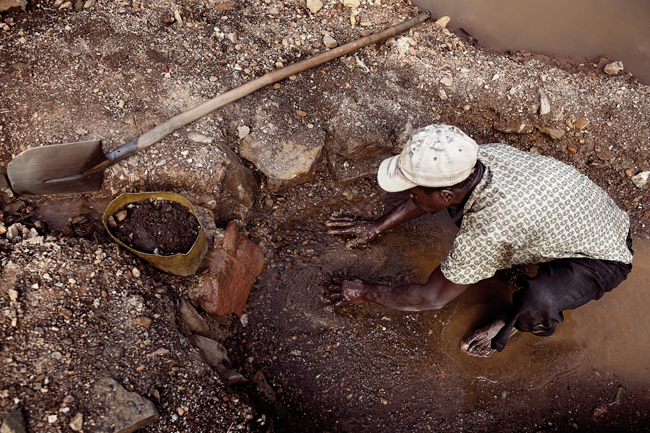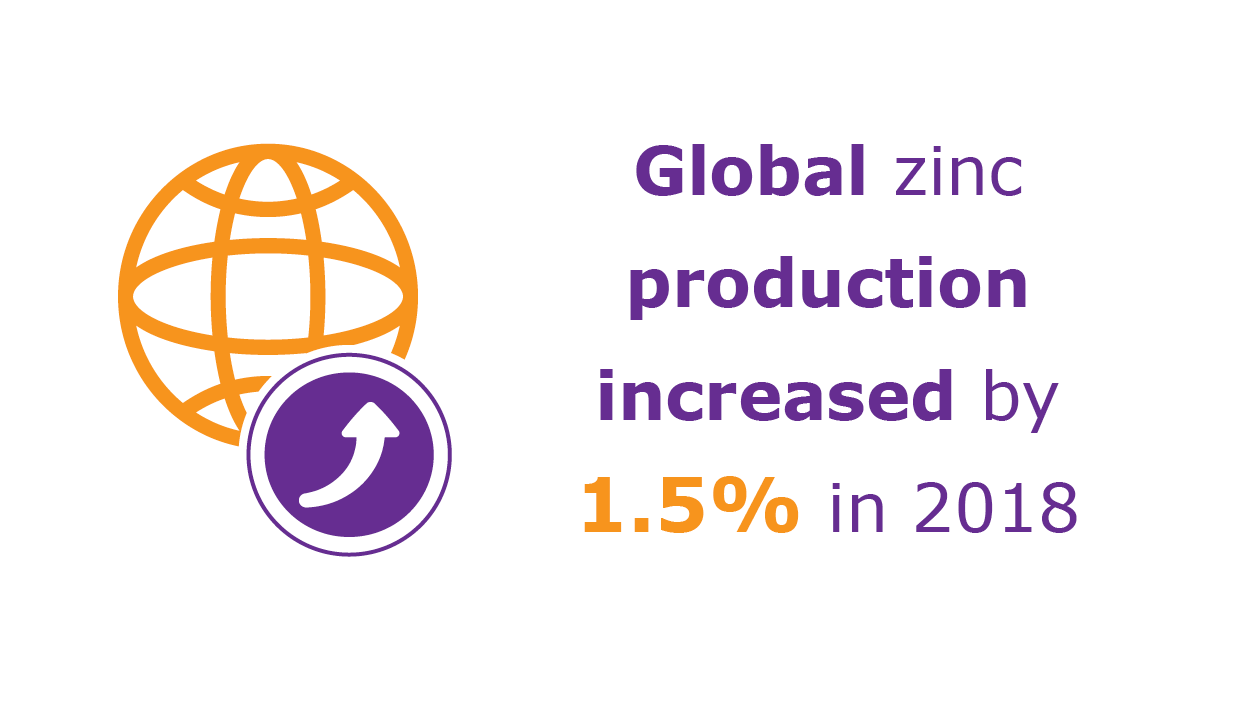Just as Africa’s mineral-rich nations were sighing with relief at better foreign earnings and company-profit prospects after the uptick in commodity prices, an old issue has gained new prominence around the continent – illegal mining.
In Ghana, Lands and Natural Resources Deputy Minister Benito Owusu-Bio called for the military to be deployed to deal with ‘galamsey’ as part of the country’s war on illegal mining, which is destroying large parts of the environment. There is currently a ban on all artisanal mining, as indiscriminate small-scale activities have decimated water bodies and ecosystems in Ghana’s Ashanti, Western, Eastern and Volta regions.
Zambian copper mines too have seen an escalated rate of clandestine mining since copper prices rose last year. The neighbouring DRC has sealed a number of entrances to unused gold mines to keep infiltrators out.
According to Canada’s Diamond Develop-ment Initiative, approximately 16% of the world’s diamonds are produced by artisanal miners – from young children to grown men. In Africa, there are an estimated 1.5 million such diamond hand-diggers.
Historically, artisanal (or small-scale) gold mining has spanned many African countries, including Côte d’Ivoire, the DRC, Ghana, Mali and South Africa. However, many of the more developed countries – including mineral-rich South Africa – have yet to fully acknowledge the value of regulating and developing this sector in order to maximise its financial, environmental and human potential.
Small-scale extraction is mostly lumped into the category of illegal mining, with the authorities trying their best (albeit often unsuccessfully) to quash such activities.
Of course, small-scale gold and other types of mining is very different from actual illegal mining, where crime syndicates are in charge and suspected of sponsoring machinery, tools, lighting equipment, communications, engineers and specialists – even many months’ supplies of groceries – to enable clandestine mineral extraction. In fact, while much illegal mining takes place at abandoned mines, where ‘zama zamas’ gain entry to underground workings, the situation has exacerbated to such an extent that even prominent majors, such as South Africa’s Sibanye Gold, have had their operations blatantly infiltrated by syndicates.
Kgothatso Nhlengetwa, an artisanal mining researcher at the University of the Witwaters-rand, says: ‘Zamas use tools that would be nearly impossible to procure without a benefactor – oxygen, generators, even highly toxic mercury for processing. Who is giving it to them?’ Sibanye Gold reckons illegal mining
is costing the industry around ZAR20 billion every year.
Identifying the differences between illegal mining and legal small-scale operators continues to frustrate many observers. Unlike blatant illegal mining run by syndicates, traditional artisanal miners can have much economic potential – provided governments and industry are prepared to regulate the sector, says David van Dyk, researcher at the Bench Marks Foundation.
It remains strange that a country such as South Africa – with its incisive socio-economic poverty, ongoing economic and political woes, and high unemployment – would not, by now, have done more towards identifying legal small-scale mining and putting regulations into effect to fully govern it.
Perhaps it is time African governments heed ongoing calls from bodies such as NGOs, organised labour and researchers to comprehensively regulate small-scale mining, and make specialists available to monitor this group on responsible methods to conduct the only way many have to earn a livelihood.






